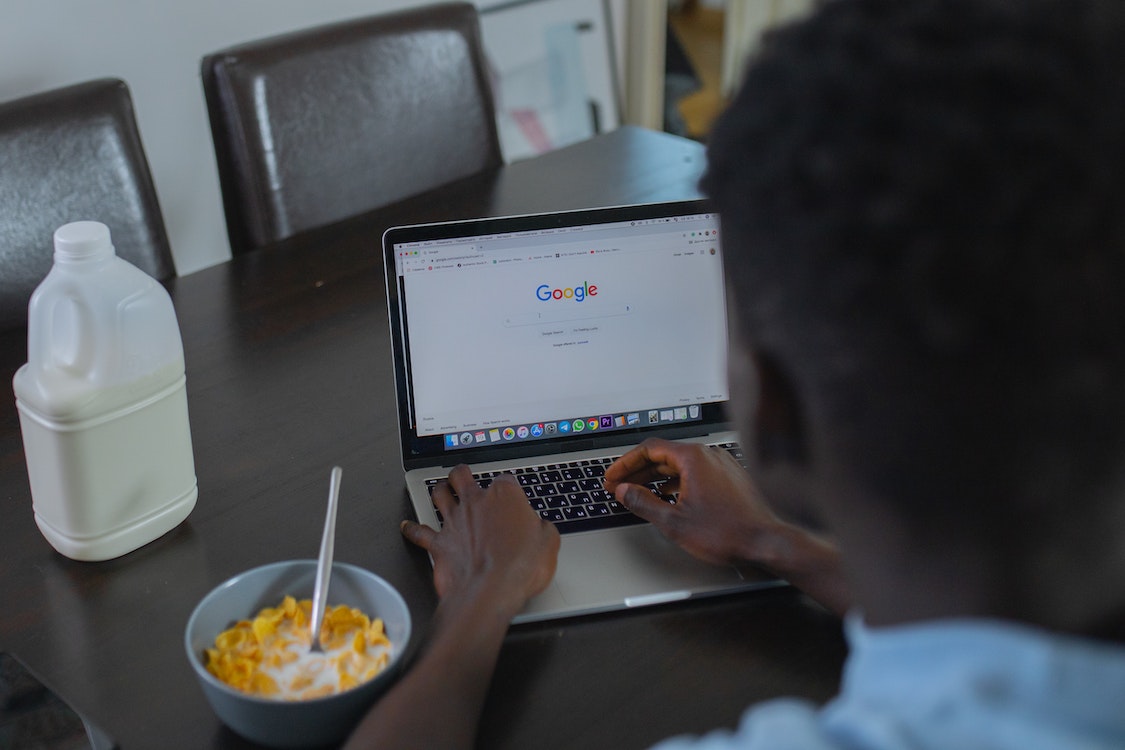If you’re looking for an inexpensive flooring solution, look no further than epoxy floors. These floors have many benefits and are perfect for any residential or commercial project. They are chemical and slip-resistant, self-leveling, and extremely durable. They are versatile, allowing them to be installed almost anywhere.
Durability
One of the main advantages of epoxy flooring is that it can last for a very long time. Depending on the type of application, epoxy floors can last anywhere from seven to twenty years. For commercial applications, epoxy floors can even outlast the life of a building, outlasting a lot of other flooring systems. If properly installed, epoxy basement floors can last for decades.
When installing epoxy coatings, care must be taken to ensure that the flooring has optimal adhesion. A floor that is clean and slightly porous is best, as this will make it more likely to adhere to the coating. Additionally, previously sealed or polished concrete needs to be cleaned and abraded before the coating can be applied. If there are major cracks or blemishes in the concrete, a specialist should patch these areas prior to installing epoxy coatings.
Another important factor that affects the durability of epoxy floors is daily traffic. Heavy foot, cart, and vehicular traffic can cause serious wear to a floor. Choosing an epoxy floor that is resistant to heavy traffic will extend the life of the floor. In addition, you should choose one that is slip resistant to minimize the risk of slipping.
Epoxy floors can last a very long time if they are cleaned regularly. This is especially important in areas where joints are located. If moisture stays on the floor, it can cause the material to peel or crack. You should also make sure that the floor is dry before rubbing or scuffing it.
Another important factor when considering epoxy flooring is the quality of the finished product. You should look for a contractor with a solid track record of providing high-quality flooring for clients. An experienced contractor should also provide examples of his work. Inexperienced installers can do an incredibly poor job, which can be very costly.
In addition to its durability, epoxy flooring is also easy to maintain. Generally, it is easy to clean with a soft bristle broom and some warm water. However, in larger spaces, you might need to use a floor scrubber. In such a case, you should always protect the floor with mats.
Cost
If you’re considering having epoxy flooring installed, you’ll need to figure out how much it’ll cost per square foot. The cost per square foot will increase if you choose a dark color or decorative features. Depending on how elaborate you want your flooring to be, it may even cost more per square foot if the design involves a lot of inlays.
The price of epoxy flooring is likely to vary according to the size and complexity of the project. The more complex the installation job is, the higher the final cost. However, you don’t have to spend a lot to get a stunning floor. Metallic epoxy floors can be installed at an affordable cost. They are highly durable and can last for years.
There are three basic types of epoxy flooring. There are light, medium and heavy-duty applications. Typically, two coats of epoxy are needed to cover a floor. However, some companies recommend adding a third coat of polyurethane to finish the job. This final coating will add texture and slip-resistance without the need for additional flakes.
Cost is an important factor in any renovation or construction project. Getting an accurate estimate is essential. The cost of epoxy flooring varies according to the materials, application methods, and labor needed. Some materials can be purchased in bulk and can reduce the cost significantly. Using quality materials will ensure a long life for the floor and help you save money on future maintenance.
Epoxy flooring installation prices range from $3.50 per square foot to $15 per square foot, but it depends on the materials used and the quality of installation. For instance, an epoxy floor installation will cost more if the room is too humid or contains too much moisture. A properly prepared room with the right moisture level can make the installation go smoothly.
Epoxy flooring is a practical choice for many facilities. It can withstand heavy loads and frequent traffic, and is relatively easy to clean. You can also select epoxy flooring with extra features depending on your facility’s needs. For example, Florock’s FloroTallic Metallic Epoxy Floor Systems include moisture vapor transmission mitigation and extra antimicrobial properties, which can help keep your facility safe.
Customizability

One of the best things about epoxy flooring is its customizability. The range of colors, textures, and patterns is virtually endless. The results are durable and easy to maintain. However, epoxy flooring takes a few days to cure. The longer it cures, the stronger it becomes. Some sets may require as long as a week to harden before they can be used. This can be a big inconvenience for some homeowners.
Another reason to install epoxy flooring in your business is the ease of maintenance. Epoxy floors are easy to clean and have a glossy surface that wipes up spills and dirt. They do not require regular polishing, and they don’t require any special cleaning products. Epoxy flooring is also easy to install. Once it’s installed, you can be confident that it’ll look good for a long time. This makes epoxy a great option for businesses looking to update their interior decor.
Another advantage of epoxy flooring is its high resistance to heat. When dry, epoxy floors are non-porous and chemical-resistant, meaning that cleaning materials won’t get absorbed into them. This makes epoxy floors perfect for communal areas and hospitals. Another reason to choose epoxy flooring is that it can be customized to withstand extreme temperatures. However, be careful, because hot slag can scorch a floor.
Customizability of epoxy flooring allows you to add your logo and colors to it. You can create floors with intricate patterns, shapes, or colors, and even embed company logos. The options are virtually limitless. If you’re planning to install epoxy flooring in your facility, you can consider contacting a professional flooring contractor who specializes in epoxy flooring.
Another benefit of epoxy flooring is its affordability. It’s a very affordable solution for interior decor, and is also environmentally-friendly. It will also last for decades. Another reason to install epoxy flooring in your home is that it’s easy to clean. You can choose from a wide range of patterns and colors, making it a great choice for any setting.
If you want to add more flair to your commercial or industrial space, you can choose an epoxy floor with flake materials. These flakes come in a variety of shapes, colors, and sizes. You can customize them to fit your design and your budget. These floors are ideal for high-traffic areas. Whether you’re installing epoxy flooring for a retail store or a sports arena, they are an ideal choice. They also make a great floor for showrooms, clinics, or commercial kitchens.
Installation
If you are looking for a way to create new rooms in your home, you might want to consider installing epoxy flooring. This type of flooring is resistant to chemicals and salt, and is extremely durable. Once installed, it is guaranteed to stay in place and be as beautiful as the original floor. Installation is fast and easy.
Several different types of epoxy flooring are available, including commercial-grade coatings that can handle heavier weights. While these types of coatings are more expensive than the home-grade type, it will be worth it in the end. Generally, it is best to have a professional do the installation, as this will decrease the likelihood of mistakes. An experienced installer will also ensure the proper preparation of the substrate before applying the coating. If the installation is left to amateurs, they may make mistakes that can cause major damage to the floor and cost you more money than you had originally planned.
Before installing epoxy flooring, it is necessary to prep the surface thoroughly. The concrete surface must be clean and porous to ensure that the coating will bond to it properly. In addition, it must be free of any previous coatings such as latex floor paints and polyurethane coatings. The installer will also inspect the floor surface for signs of water intrusion and moisture vapor emissions, as these substances will interfere with the bonding of the coating.
Depending on the type of flooring you want, you can choose from self-leveling epoxy flooring for uneven floors. This type of flooring is suitable for residential, commercial, and industrial applications, and comes in a variety of colors. It can even be used in bathrooms. Once you decide to go ahead with epoxy flooring, make sure you follow all the manufacturer’s instructions.
Installation of epoxy flooring requires professional equipment and experience. Investing in professional equipment and quality products is an excellent way to ensure that the coating will last for many years. A professional company will also provide a warranty for their work. Concept Epoxy St Pete is one of the best epoxy flooring companies, their location is in St. Petersburg, Florida if you’d like to inquire about their services.…
Continue Reading



















